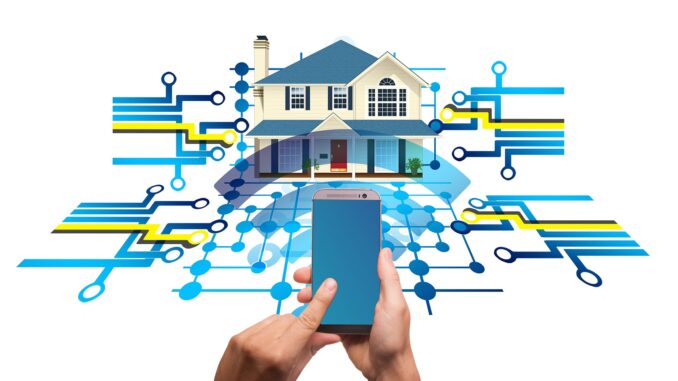
In recent years, smart home technology has revolutionized the way we live, offering convenience, comfort, and increased energy efficiency. From voice-controlled virtual assistants to automated security systems, these innovations have transformed ordinary houses into connected homes. Let’s delve into the latest advancements in smart home technology that are shaping the way we interact with our living spaces.
One of the most significant breakthroughs in smart home technology is the rise of voice-controlled virtual assistants. Devices like Amazon Echo with Alexa, Google Home with Google Assistant, and Apple HomePod with Siri have become increasingly popular. These virtual assistants use natural language processing to understand and respond to verbal commands, enabling users to control various aspects of their homes effortlessly. By simply speaking aloud, one can adjust the temperature, dim the lights, play music, and even order groceries. These voice-controlled virtual assistants have truly made smart homes more intuitive and user-friendly.
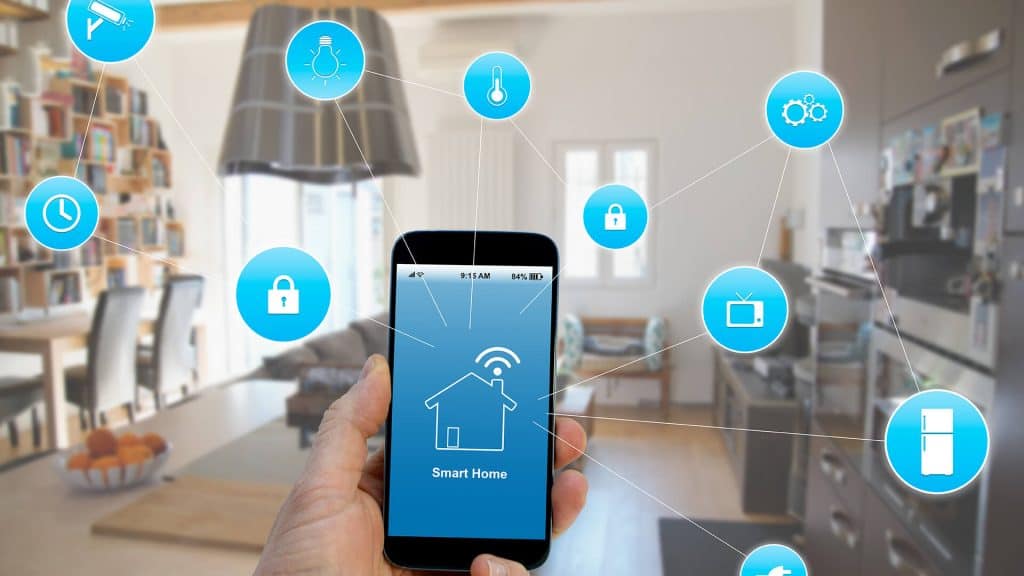
Another area that has witnessed remarkable advancements in home security systems. Traditional security systems have been upgraded with smart features that enhance both protection and convenience. Smart doorbell cameras, such as Ring and Nest Hello, allow homeowners to see and interact with visitors remotely through their smartphones. These devices provide real-time video feeds, motion detection, and two-way audio communication, making it easier to monitor and secure one’s home.
Additionally, smart locks offer keyless entry options, enabling homeowners to lock and unlock doors using their smartphones or even their voices. These advancements provide peace of mind and greater control over home security.
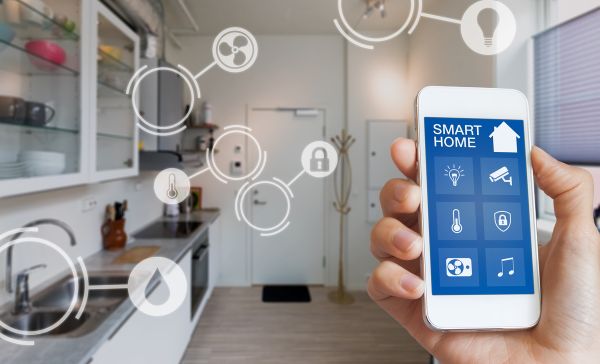
Energy efficiency is a key focus in modern smart homes, and innovations in this area have made significant strides. Smart thermostats, such as Nest Learning Thermostat and Ecobee, use sensors and machine learning algorithms to automatically adjust the temperature based on user preferences and occupancy patterns. These devices learn from user behavior and optimize energy consumption, resulting in lower utility bills and reduced environmental impact. Moreover, smart lighting systems, such as Philips Hue and Lutron Caséta, offer features like automated scheduling, remote control, and energy-efficient LED bulbs. By customizing lighting settings and integrating with other smart devices, homeowners can create ambiance, save energy, and enhance home security.
The integration of smart appliances has also played a vital role in shaping connected homes. Today, we have smart refrigerators, ovens, washing machines, and even coffee makers. These appliances can connect to the Internet, allowing users to control and monitor them remotely. For instance, smart refrigerators equipped with cameras enable users to view the contents of their fridges from a smartphone while grocery shopping. Intelligent ovens can be preheated and adjusted remotely, while smart washing machines offer notifications when laundry cycles are complete. With these appliances, homeowners can streamline household chores, save time, and ensure optimal performance.

In the realm of entertainment, smart home technology has brought about seamless integration and immersive experiences. Smart TVs, such as those powered by Roku or Android TV, offer access to a wide range of streaming services and allow users to control them with their smartphones or voice commands. Surround sound systems, like Sonos, can be wirelessly connected to create a synchronized audio experience throughout the home. Furthermore, home theaters equipped with smart projectors and motorized screens bring the cinema experience into the living room. These advancements enable homeowners to enjoy their favorite movies, music, and games with ease and convenience.
As smart home technology continues to evolve, interoperability and standardization have become essential considerations. The advent of smart home hubs and protocols, such as Samsung SmartThings, Apple HomeKit, and Zigbee, aims to bridge the gap between various smart devices and create a unified ecosystem. These platforms allow users to control and automate different devices from a single interface, eliminating the need for separate apps and ensuring seamless communication between devices. Interoperability and standardization not only enhance user experience but also pave the way for future innovations and integration.
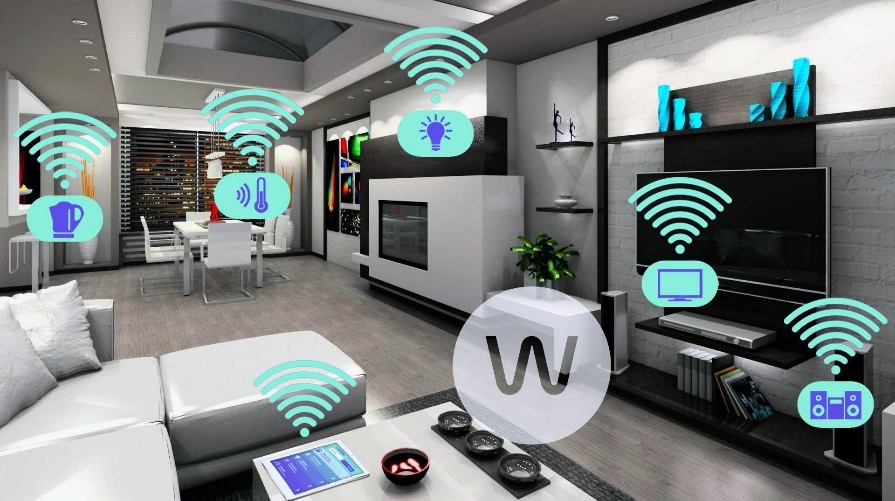
Smarter Homes with Artificial Intelligence and the Internet of Things
Smart houses’ intelligence is driven by artificial intelligence and the Internet of Things. AI-powered voice assistants like Siri and Amazon Alexa have proliferated in homes, enabling the hands-free operation of numerous products. Smart homes are becoming more intuitive and user-friendly as voice assistants continue to get better at comprehending requests and providing more pertinent responses. The Internet of Things (IoT), which links common objects to the Internet, allows for seamless communication and automation between gadgets, improving the experience of living in a smart home even further.
IoT developments have a huge impact on the smart home, particularly the smart home’s kitchen and bathroom. Homeowners may optimize energy use, keep an eye on the freshness of their food, and more by including smart appliances and fixtures, such as sensor-equipped smart toilets and connected refrigerators.
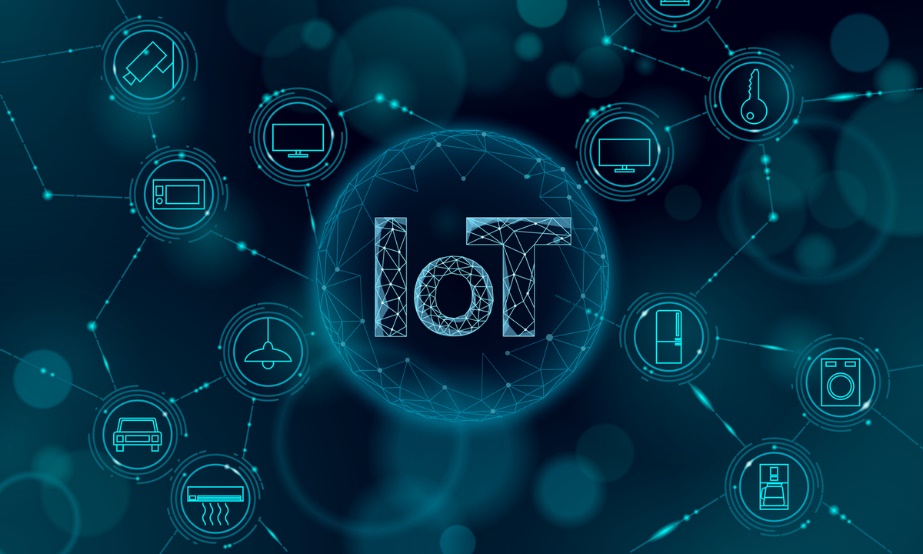
In conclusion, smart home technology has witnessed significant advancements, transforming houses into connected homes. From voice-controlled virtual assistants to automated security systems, energy-efficient solutions, and integrated appliances, these innovations have revolutionized the way we interact with our living spaces. With the continued evolution of interoperability and standardization, the future of smart homes holds the promise of even greater convenience, comfort, and efficiency. As technology continues to progress, we can expect further innovations that will redefine the concept of home automation and enhance our everyday lives.

Leave a Reply